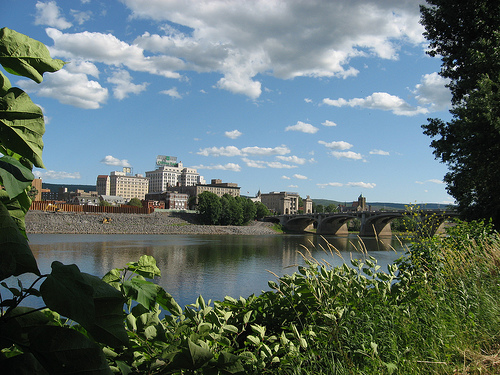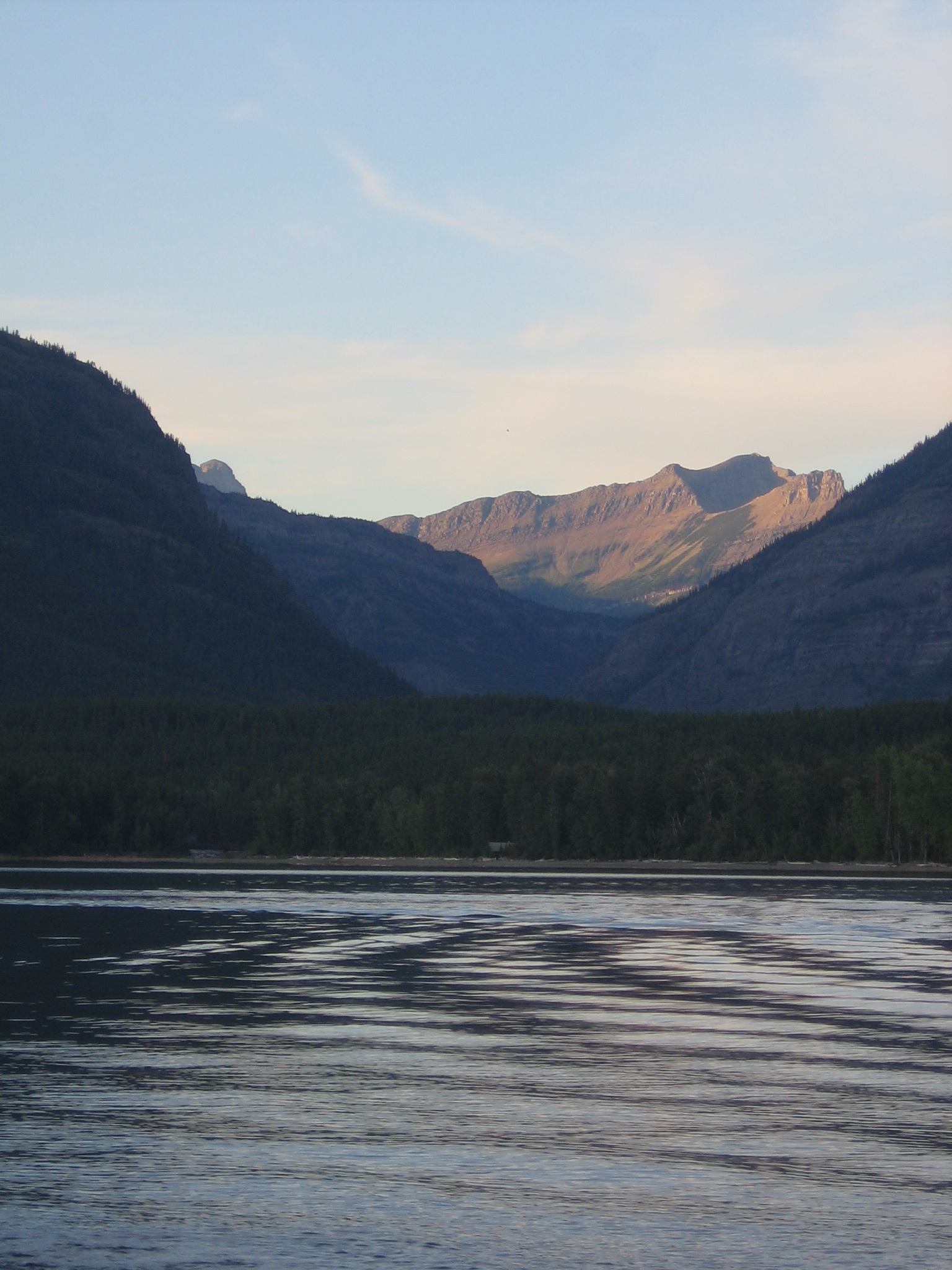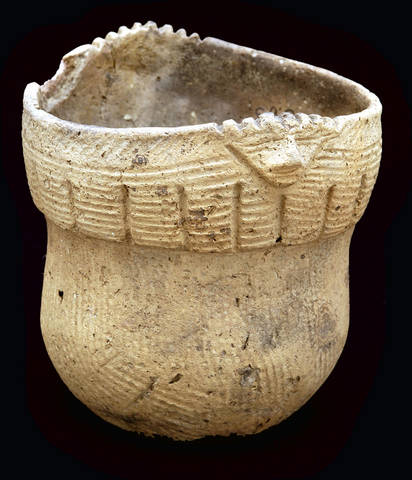To provide observations and information on the emerging fields of landscape scale conservation, heritage preservation, and sustainable community development.
Newsletter
Stay up-to-date with the latest nature, culture and community news.
We won’t spam you or share your information. Newsletters are sent approximately 10 times a year. Unsubscribe at any time.
Caring for Country: Aboriginal Australia
A visit to Australia prompts reflections on the ways in which Indigenous knowledge(s) and presence on the land is acknowledged (or not) in different settler-colonial societies, including the United States.
Finding a fit for cultural landscapes: Is it “preservation” or “conservation”?
How do practitioners in the field of cultural landscape balance the at times competing priorities of preservation and conservation? In this guest piece, Paulette Wallace offers an international perspective on the issue, noting that in Australia change and evolution are closely tied to the cultural landscape concept.

2013: Let’s Meet Up on Living Landscapes
Interesting in meeting up with practitioners, scholars and others interested in living landscapes? Check out these upcoming conferences and gatherings across the nation in 2013.

National Trust for Historic Preservation: A Tale of Two Sessions
Large landscapes. Living Landscapes. Cultural Landscapes – what a difference a few words can make! Earlier this month, a pair of well-received sessions at the National Trust for Historic Preservation Annual Meeting in Spokane, Washington highlighted the challenges associated with defining these terms. The two back-to-back panels, which both tackled landscape scale issues, drew very different responses from the audience – a testament to how exciting, yet also contested, these ideas remain.

The Lower Susquehanna: A Landscape of Loss?
How are significant large landscapes eroded away? It usually does not happen overnight – the landscape character and heritage are lost acre by acre. But of some these losses are just more painful than others. Consider a recent example in the Lower Susquehanna Valley.
Caring for Country: Aboriginal Australia
A visit to Australia prompts reflections on the ways in which Indigenous knowledge(s) and presence on the land is acknowledged (or not) in different settler-colonial societies, including the United States.
Finding a fit for cultural landscapes: Is it “preservation” or “conservation”?
How do practitioners in the field of cultural landscape balance the at times competing priorities of preservation and conservation? In this guest piece, Paulette Wallace offers an international perspective on the issue, noting that in Australia change and evolution are closely tied to the cultural landscape concept.

2013: Let’s Meet Up on Living Landscapes
Interesting in meeting up with practitioners, scholars and others interested in living landscapes? Check out these upcoming conferences and gatherings across the nation in 2013.

National Trust for Historic Preservation: A Tale of Two Sessions
Large landscapes. Living Landscapes. Cultural Landscapes – what a difference a few words can make! Earlier this month, a pair of well-received sessions at the National Trust for Historic Preservation Annual Meeting in Spokane, Washington highlighted the challenges associated with defining these terms. The two back-to-back panels, which both tackled landscape scale issues, drew very different responses from the audience – a testament to how exciting, yet also contested, these ideas remain.

The Lower Susquehanna: A Landscape of Loss?
How are significant large landscapes eroded away? It usually does not happen overnight – the landscape character and heritage are lost acre by acre. But of some these losses are just more painful than others. Consider a recent example in the Lower Susquehanna Valley.


